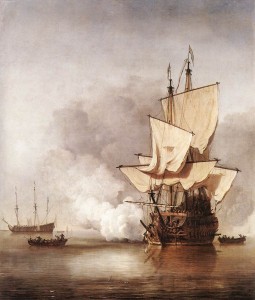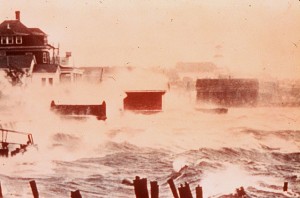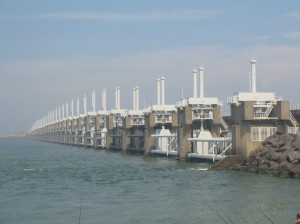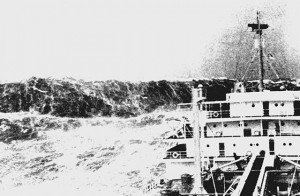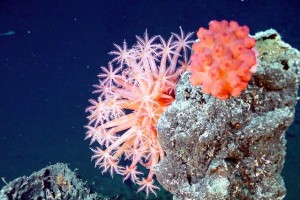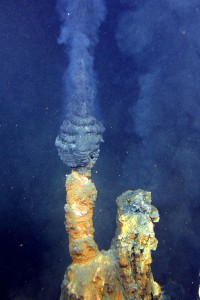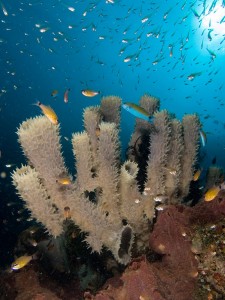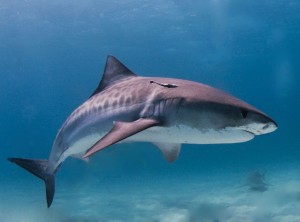Almost any topic in ocean research is also a topic for the humanities, since ocean research
- either explores the relation between the oceans and man
- or the marine world, which is an important part of our earth.
Any topic within these two major fields thus is of interest to humanist research.
The following topics will give you some information about current fields of humanist ocean research and offer inspiration for new fields to explore.
Maritime history
Maritime history is a large field within the discipline of history, focusing on the interaction between man and the sea. Accordingly, it covers a broad gamut of subjects, such as:
- naval history (warfare at sea)
- fishing and whaling
- the history of ships (ship design, shipbuilding, navigation and related fields)
- sea exploration (flora and fauna, deep sea research)
- maritime economics and trade
- international maritime law
- seaside resorts and tourism
- the social history of sailors, passengers and sea-related professions
- maritime themes in the various arts (art, literature, music, drama, film)
- myths and religious rites connected with the sea
Even the history of maritime-related sciences, such as oceanography and hydrography, is subsumed under maritime history.
Thus, maritime history might be regarded as “the humanist side of ocean reasearch”. However, this perspective would more or less reduce the humanities to a historical approach to all kinds of phenomena. Albeit essential, history is only one field within the humanities. It thus makes sense to point out other fields where the humanities and ocean research can meet and interact in a most fruitful way.
Coastal hazards
In the exploration of coastal hazards, the humanities interact closely with natural sciences and – with regard to prevention and protection – engineering. Three categories of coastal hazards are to be explored separately:
- Storm surges
- Tsunamis
- Specific hazards in delta areas
It is not only the history of coastal disasters (including the impact they had on the region in question) that is of interest to humanist research. The question of present hazards and our ways to meet these challenges is in fact even more urging. Worldwide, there are numerous regions that are extremely vulnerable to these coastal hazards. Since an important part of humanist work is the transfer of knowledge to a broader public, it is in fact a task of the humanities to enhance awareness of these hazards in form of books, articles, internet publications, TV programs and public lectures.
A project on coastal hazards, linking past with present and with future challenges, is presently being conducted at Kiel University (financed by the Gerda Henkel Foundation).
Coastal protection
With more than one thousand years of experience in defending their land against the sea, the Dutch have developed a unique expertise in protecting their sea shores and the large-scale delta area covering great parts of the country. Over centuries, this expertise has been exported, first to neighbouring countries, then also to other continents, such as North America (after the storm Katrina in 2005) or Asia.
In cooperation with engineering, management and policy, the humanities can contribute to this highly important transfer of knowledge and expertise, enhancing the general awareness of hazards from the sea that – in light of climate change and sea water level rise – will concern more and more coastal regions worldwide.
Natural hazards on sea
In contrast to coastal hazards, natural hazards on sea primarily concern ships and general seafare, but also fixed structures such as oil rigs. Again, several categories can be distinguished, demanding a varying degree of interdisciplinary cooperation with oceanography, physics, and meteorology:
- Sea storms
- Freak waves
- Dangerous currents
Although the humanities hardly can contribute to the geophysical and meteorological investigation of these hazards, they do play a role in disseminating knowledge and awareness of these phenomena. As books and TV programs show, there is a general fascination with mega storms and freak waves that devour ships. In a way, these hazards are the modern manifestation of the age-old myths of sea monsters – myths that often were an attempt to offer an explanation for the mysterious disappearance of ships. Accordingly, these hazards are an attractive field of humanist research, linking past with present and displaying some of the mysteries of the world’s oceans.
Oceans in danger
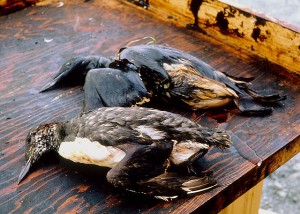
Birds killed as a result of oil from the Exxon Valdez spill (photo: Exxon Valdez Oil Spill Trustee Council)
In turn, mankind has equally become a serious menace to the oceans and thus to the ecosystem that is essential for life on our earth.
Environmental and climate research are topics that are of high interest to the humanities. In the past 15-20 years, environmental history has become an important field within the discipline of history. Again, though, the current challenge to the humanities is to widen the historical perspective and to integrate present-day issues of accountability, policy, management, awareness and prevention. Humanists are able to describe long-term processes in policy and management. Thus, it can be shown how economic agendas have repeatedly outruled ecological concerns. On the other hand, the success of local and supra-regional efforts in conservation and protection of the environment must be underlined in order to create a general awareness
- that there is a serious problem and
- that sustainable solutions are possible.
The deep sea
Another subject of general fascination is the deep sea. Man knows more about space than about the unexplored abysses on our earth. It is a dark and silent world – that unfolds astounding forms and colors once the light of deep sea vehicles meets its untouched surface. The deep sea is an ecosystem of enormous variety that needs protection. Protection demands awareness – and awareness demands knowledge. Natural scientists all over the world are exploring this unknown world in the depths of our oceans. It is our task to make this world known, to present its tremendous diversity, but also its great vulnerability.
The dangers to this unique world are many. Pollution and the increasing temperature of sea water are one. Another is the long-term damage done to the deep sea ecosystems through the exploitation of natural resources such as offshore oil or gas drilling. Despite studies ordered by “ecology-minded” companies, we do as yet hardly know anything about the true degree of damage done by the construction of platforms and pipelines on the ocean ground – not to speak of the disastrous consequences of accidents such as the Deepwater Horizon oil spill in 2010.
It is vital to expand and disseminate general knowledge about the deep sea in order to protect this unique ecosystem. The humanities can and ought to contribute to the generation of awareness.
Ocean resources
The exploitation of ocean resources is a fast expanding market. Besides the “classical” exploitation of oil and gas via offshore rigs, industries have begun to explore the possibilities of underwater mining. Methane hydrate, for example, is regarded as a potential future source of methane. The black smokers formed by hydrothermal vents on the seabed produce considerable quantities of sulfides containing valuable metals such as silver, gold, copper, cobalt, zinc, or manganese. Some areas of the seabed, especially in the vast abyssal plains, are covered with manganese nodules, that is, rock concretions consisting of iron and manganese hydroxides.
All these resources are highly coveted by various branches of the industries. Their production, though, raises important questions not only of environmental protection, but also of international law. Who owns the sea? And who assumes responsibility for the yet inestimable long-term consequences of deep sea mining? These are questions of public interest – worldwide. It is a task not only of scientists, politicians and authorities to raise these questions, but also of humanists.
Marine biology and marine biotechnology
Quite generally, marine biology is a vast field presenting us with the enormous diversity of life beyond the surface of the oceans. Marine habitats belong to the most complex and fascinating ecosystems on our earth.
Humankind has for thousands of years used marine biotechnology in food production, cosmetics, and medicine. In the past decades, the exploration and exploitation of marine resources especially for medicine and engineering has been intensified, not least, since the necessity for marine conservation, the restoration of ecosystems and the decontamination of polluted water is increasing.
As in the field of ocean resources and deep sea mining, humanists are challenged to contribute to the transfer of knowledge and thus to the building of a general awareness of the unique biodiversity of the oceans. We can greatly profit from this diversity and the manifold ways of interaction in marine habitats. But we are also accountable to conserve and protect these habitats.
Uncanny beasts of the ocean
There is one field within marine biology that has traditionally been linked to the humanities: Humankind’s deep fascination with the predators of the oceans. In almost all cultures, we find myths and legends about sea monsters and other uncanny creatures hiding in the ocean depths. For many centuries, legends of sea snakes, giant squids and other dangerous beasts have been told by sailors. In more recent times, popular media such as film and video games have projected these legends onto real marine predators, first of all the shark (for which Steven Spielberg’s 1975 blockbuster Jaws proved fatal), but also the giant squid, or the orca.
From an anthropological point of view, sea monsters are a projection of man’s deepest fears – the unknown danger from the dark depths, the animal that devours man, thus reversing the “natural” relation between man (hunter) and animal (prey). It is the surprise moment and the total silence that increase the menace of the sea monster. Today’s humanists can contribute to the de-mythification and thus to the protection of these shy marine predators, setting them into the context of the long-term projection of archaic fears onto the unknown creatures in the unknown ocean world.
These are only nine examples of fields where the humanities can link and combine with ocean research. Of which use, though, may the humanities be to ocean research? Check the pages Humanist Projects and Why Humanities? for more information on that.
